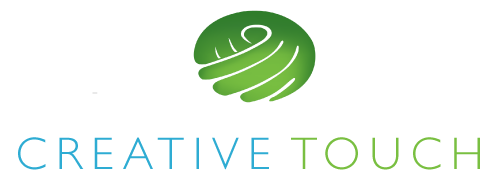Creative Touch Essential Footcare Day
Overview and background of the Creative Touch Eldercare Project
At the end of 2015, Creative Touch, in collaboration with the Lighthouse Fund, decided to embark on a new journey. We decided to start our new Eldercare Project with a goal to honour the elders in our local community and say “thank you” for all the ways they have contributed to the lives of younger generations.
What is Essential Footcare Day?
Over the past three to four years, Creative Touch has been offering Essential Footcare to members of a local Fish Hoek-based non-profit organisation as well as to the residents of Carlisle Lodge, Nerina Gardens and Peers Village on a monthly basis.
Many of the residents have developed relationships with the therapists who treat them every month, and systems are in place that allow the residents a consistent time slot and zero hassle to have their feet seen to.
With our wonderfully sensitive group of therapists, we have been able to offer the residents an essential pedicure once a month. The elderly folk also have the opportunity to meet new people and chat while waiting for their turn to have their feet seen to. We focus on the essentials here, as proper foot care brings many benefits to the elderly, namely;
o Staying active: Foot problems reduce mobility and independence, limit exercise and increase the risk of developing deep-vein thrombosis.
o Improved balance: This reduces the risk of falls.
o Early warning signs: Your feet can alert you to health problems at an early stage, such as diabetes, arthritis, poor blood circulation, and nerve damage can all have a noticeable effect on the feet and toenails.
Why are we so passionate about this initiative?
The benefits of massage are limitless. Moving beyond the physical, the social benefits of massage and consistent, organized monthly events allows the development of relationships and connections that elderly often living in isolation may have previously not had the opportunity to experience.
Our moms, dad, aunts, uncles, and neighbours need our help. They have worked tirelessly for their entire lives and deserve some peace of mind and special care.
Age does not discriminate – growing old “is not for sissies” and it is an inevitable part of life for everyone.








